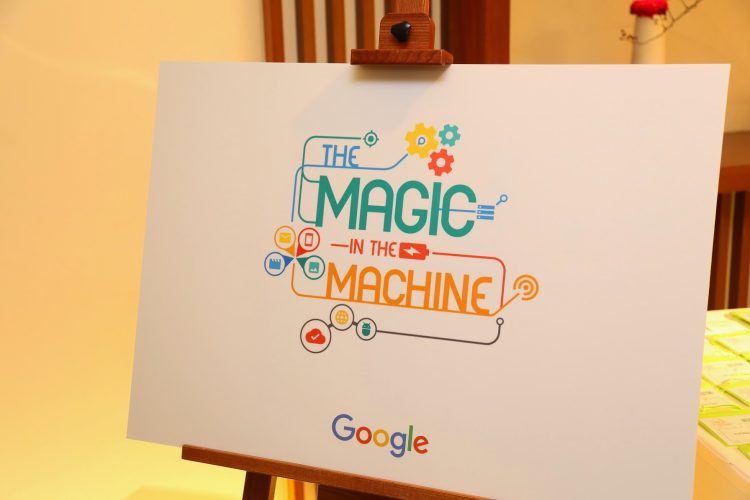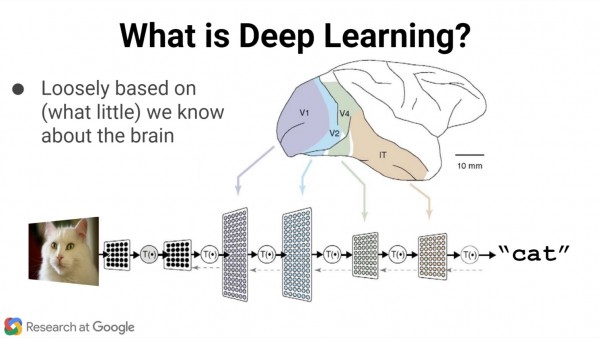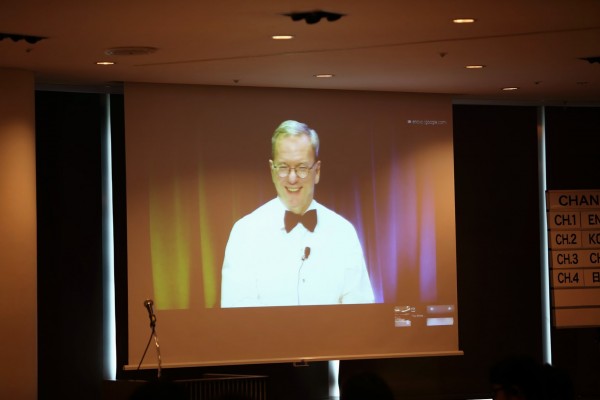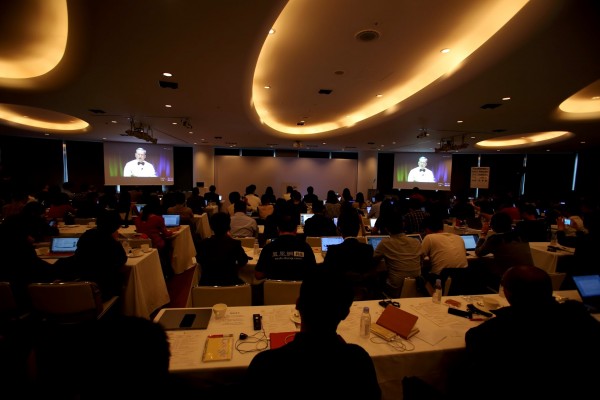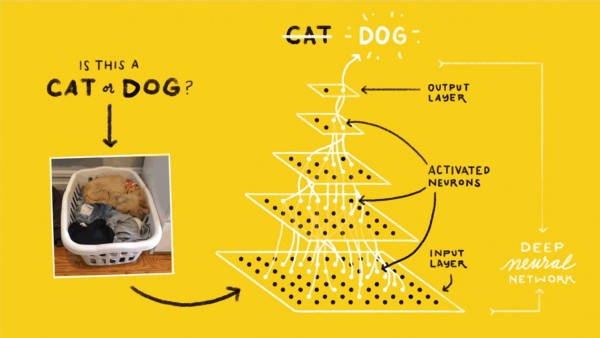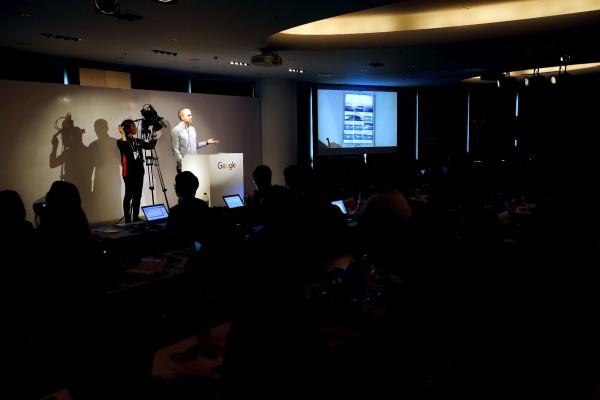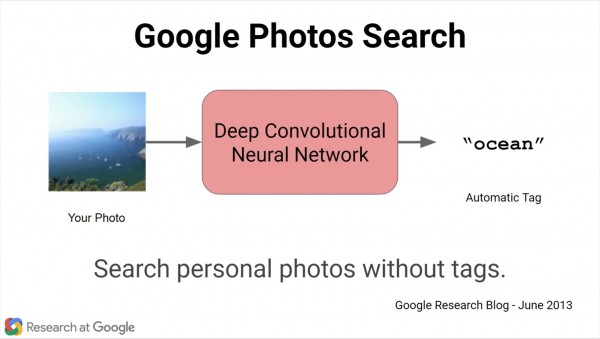
It sounds like a term that would not be out of place when thrown about in a science fiction movie, but what exactly is machine learning? And how does it matter for us, and for our future? At a regional event recently, Google sought to answer those questions and more.
Google is one of the pioneering companies in artificial intelligence research, simply because advancements in this field would result in better ads delivered to its end users. But beyond that, Google is also a company devoted to improving people’s lives – which is why it made the bold, highly unique step of open-sourcing the machine learning development platform, Tensorflow, that the company uses in-house…to the world. By open sourcing one of its most advanced platforms, Google hopes that others would utilise Tensorflow to build even greater things – eventually driving forward advancements in machine learning and artificial intelligence as a whole.
The company’s interest in machine learning, as it turns out, started almost a decade ago. In a live Google Hangouts session, Eric Schmidt revealed that the company was looking for solutions to better its speech recognition technology about seven or eight years ago. Research in this area accelerated about three years back, initially with the purpose of improving its ad targeting. In 2014, Google acquired DeepMind, the British artificial intelligence company that wowed the AI community by creating an AI system that learns by observation (or in more complex terms, by using deep learning and a model-free reinforcement learning). The system is actually capable of learning simple 80s arcade games and, over time, beat it.

Nevertheless, Schmidt believes advancements in AI is still in its infancy; he believes that computer intelligence will only begin to rival human intelligence in about 15-20 years from now. What Google and others are achieving now is barely scratching the surface of the full potential machine learning can unlock.
And even then, the results from today’s research are astonishing. But let’s go back and answer the pressing question:
What is machine learning?
In layman terms, as Google Malaysia’s Zeffri Yusof explains in the video above, machine learning is a branch of artificial intelligence that is product-specific. Google’s engineers craft layers of algorithm, each identifying a highly specific request, before the process of elimination arrives at a final answer or solution. This layers are also known as neural networks, and the process the system takes from the first layer to the final solution is commonly known as deep learning.
Due to its highly product-specific nature, machine learning can be used to surprisingly great effect in improving our daily lives – and that’s actually what Google is already doing. Most will not be aware of it, but machine learning is the “secret sauce” that powers virtually all of Google’s consumer products, from its targeted ads to the ones we use on our smartphones. Things like Gmail spam filters, speech recognition in Google Search, Google’s real-time translation app, and most recently Google Photos are all powered by Google’s machine learning platform.
Out of all this, Schmidt says he is most proud of Google Photos. The deep neural networks that Google engineers have designed are so robust, the system surprises even those at Google. The magic in Google photos happens when you press the Search button. Here, Google Photos sorts your photo collection into general categories such as Things or Places, before zooming in on incredibly detailed results – as if they were curated by humans. For example, geotagged photos are easy to sort, but how does Google know how to sort photos categorised as Food, Beaches, Temples, Concerts, Posters, Sunset, and of course, Cats?
These are all categories listed under Things that Google Photos has sorted automatically from my collection of photos. There are dozens more. To be honest, the first time I saw my photos sorted like this…the feeling was something I would not forget for a while. It was a mixture of pure astonishment, wonder, and a mix of incredulousness all rolled into a fraction of a second. It all seemed too accurate to be true; in Schmidt’s words, Google Photos had changed my ability to enjoy things I already do.
The results can be amusing when the neural network gets it wrong (and occasionally terribly wrong), but from my collection of thousands of photos it only managed to fumble a few times (and mostly due to factors such as poor lighting). How does it even know how to sort different types of food into a single, unerring collection? It’s no wonder Google’s theme for the event was called “The Magic in the Machine”.
When you’ve taken tens of thousands of photos over the years across various devices, it can be difficult (and sometimes bordering on impossible) to find that one specific photo from a particular trip with a particular memory. Google is attempting to fix that with Google Photos in two ways: first, by offering you the power of Google’s incredible search capability powered by its machine learning algorithms; and then, by encouraging you to upload more photos with the dangling carrot of unlimited cloud storage for photos of up to 16MP in size.
This is especially important, because in order to improve its machine learning algorithms, Google needs more data. By putting the system through millions and millions of different images, processing each pixel to recognise patterns that indicate a specific object, Google is creating a real-time reinforcement learning model for Google Photos. And with that kind of data set, Google Photos’ ability to identify and correctly sort images will only get exponentially better and faster.
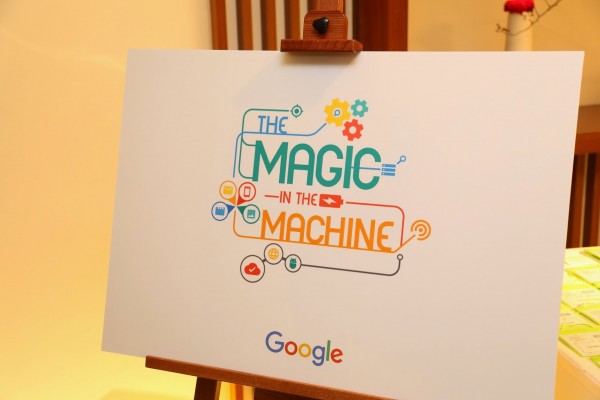
Eventually, Google aims that our lives in the future will be complemented by machine learning. Think of it as living with Google Now, which aims to deliver information to you when you need it, but on a much, much much grander scale. In some ways, the future is already visible today, just in tiny little doses that today’s technology can deliver – pioneered by a company that is attempting to transform zettabytes of data into something more tangible, something more…human.

